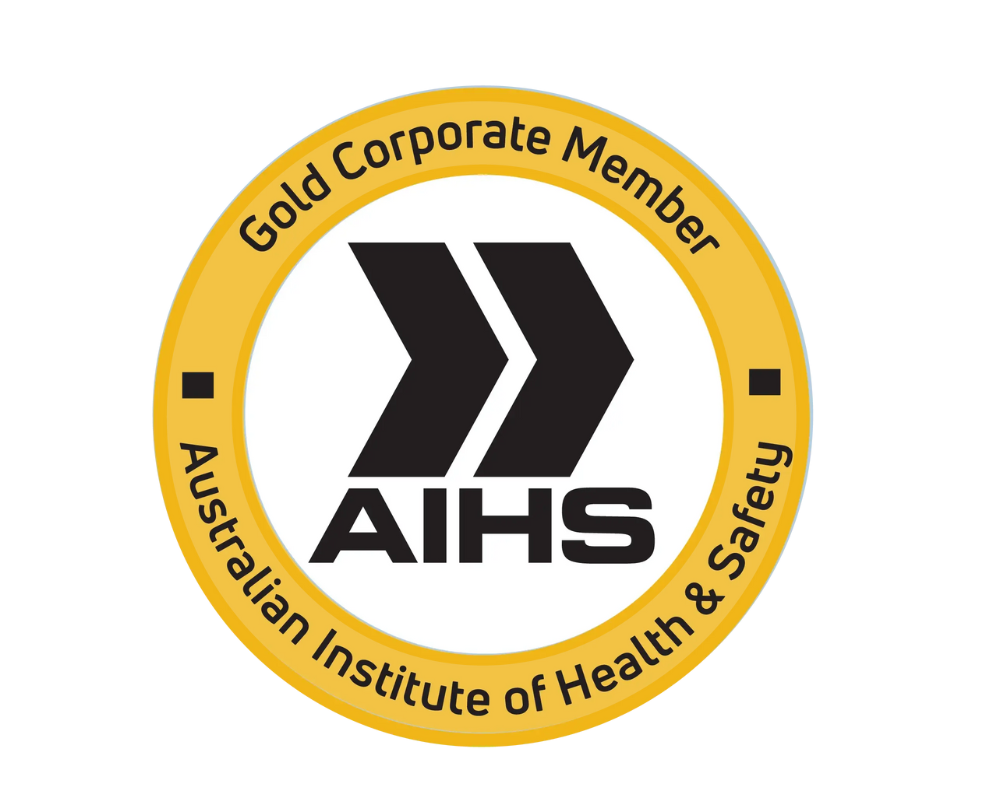Occupational Health and Safety (OHS) programs are critical for ensuring the safety and well-being of employees in any workplace. An effective OHS program not only complies with legal requirements but also fosters a proactive safety culture that can prevent accidents and improve overall productivity. This article aims to provide a comprehensive guide to developing an effective OHS program to enhance workplace safety.
Understanding the Fundamentals of OHS Programs
An OHS program is a systematic approach to managing health and safety risks in the workplace. Key components of an effective OHS program include:
- Policies and Procedures: These provide the framework for all safety-related activities and ensure consistency in safety practices.
- Training and Education: Continuous education and training are vital to keep employees informed about safety protocols and best practices.
- Risk Assessment and Management: Identifying and mitigating risks before they result in incidents is crucial for maintaining a safe work environment.
A proactive safety culture is essential for the success of an OHS program. It involves everyone in the organisation, from top management to frontline workers, taking responsibility for safety.
Steps to Develop an Effective OHS Program
Developing an effective OHS program involves a structured approach that encompasses several key steps. By following these steps, organisations can create a comprehensive and proactive safety culture.
1. Conduct a Comprehensive Risk Assessment
The first step in developing an effective OHS program is to conduct a comprehensive risk assessment. This involves:
- Identifying Workplace Hazards: Understanding potential hazards in the workplace is the foundation of risk management.
- Evaluating the Risks Associated With These Hazards: Assessing the likelihood and impact of identified hazards helps prioritise them.
- Prioritising Risks Based on Their Potential Impact: Focusing on high-priority risks ensures that the most significant threats are addressed first.
Utilising tools such as risk management software can streamline the risk assessment process, making it more efficient and accurate.
2. Establish Clear Policies and Procedures
Developing clear policies and procedures is essential for managing and mitigating identified risks. This includes:
- Developing Policies That Address Identified Risks: Policies should be specific, actionable, and aligned with legal and regulatory requirements.
- Creating Detailed Procedures for Managing and Mitigating Risks: Procedures should provide step-by-step guidance on how to handle various safety scenarios.
- Ensuring Policies Comply with Legal and Regulatory Requirements: Compliance with local and international safety standards is crucial for legal protection and maintaining a safe workplace.
3. Implementing Training and Education Programs
Continuous training and education are vital components of an effective OHS program. This includes:
- Importance of Continuous Training and Education: Regular training ensures that employees are always aware of the latest safety protocols and best practices.
- Types of Training: Onboarding training for new hires, periodic refresher courses, and role-specific training tailored to different job functions.
- Leveraging online training management software for Effective Training Delivery: Online training platforms provide flexibility and accessibility, making it easier to deliver consistent training across the organisation.
4. Utilise Technology and Software Solutions
Technology plays a crucial role in enhancing the effectiveness of OHS programs. OHS management software offers several features and benefits:
- Incident Reporting and Tracking: Automated incident reporting systems improve accuracy and response times.
- Compliance Management: Ensures that all safety practices are in line with regulatory requirements.
- Risk Assessment and Management: Advanced tools for identifying, assessing, and mitigating risks.
Examples of useful software solutions include OHS software and health and safety software, which provide comprehensive tools for managing safety programs.
Monitoring and Evaluating the OHS Program
Regular monitoring and evaluation are essential for maintaining the effectiveness of an OHS program. Methods for monitoring OHS programs include:
- Internal Audits: Regular audits help ensure that safety practices are being followed correctly.
- Safety Inspections: Inspections identify potential hazards and ensure that safety measures are in place.
- Employee Feedback and Surveys: Gathering input from employees provides valuable insights into the effectiveness of the OHS program.
Utilising data analytics software can help track performance indicators and identify areas for improvement.
Continuous Improvement and Updating the Program
Continuous improvement is key to maintaining an effective OHS program. This involves:
- Regularly Reviewing and Updating Policies and Procedures: Keeping safety policies up-to-date ensures that they remain relevant and effective.
- Incorporating New Technologies and Methodologies: Staying abreast of the latest safety technologies and best practices.
- Encouraging Employee Involvement in the Improvement Process: Involving employees in safety initiatives fosters a culture of continuous improvement and accountability.
Case Studies: Successful OHS Programs
- Example 1: A company’s success with OHS management software. Implementing comprehensive OHS software led to a significant reduction in workplace incidents and improved compliance with safety regulations.
- Example 2: Implementation of comprehensive risk management in a manufacturing plant. By conducting regular risk assessments and updating safety procedures, the company saw a marked improvement in workplace safety.
- Example 3: Enhancing workplace safety through continuous training and feedback. Regular training sessions and open communication channels helped create a proactive safety culture.
Enhancing OHS Program Effectiveness through Technology
Developing an effective OHS program is crucial for ensuring workplace safety and compliance. By leveraging OHS management software, organisations can enhance their evaluation processes, gain valuable insights, and continuously improve their safety programs. Start developing or improving your OHS program today for a safer workplace environment.











